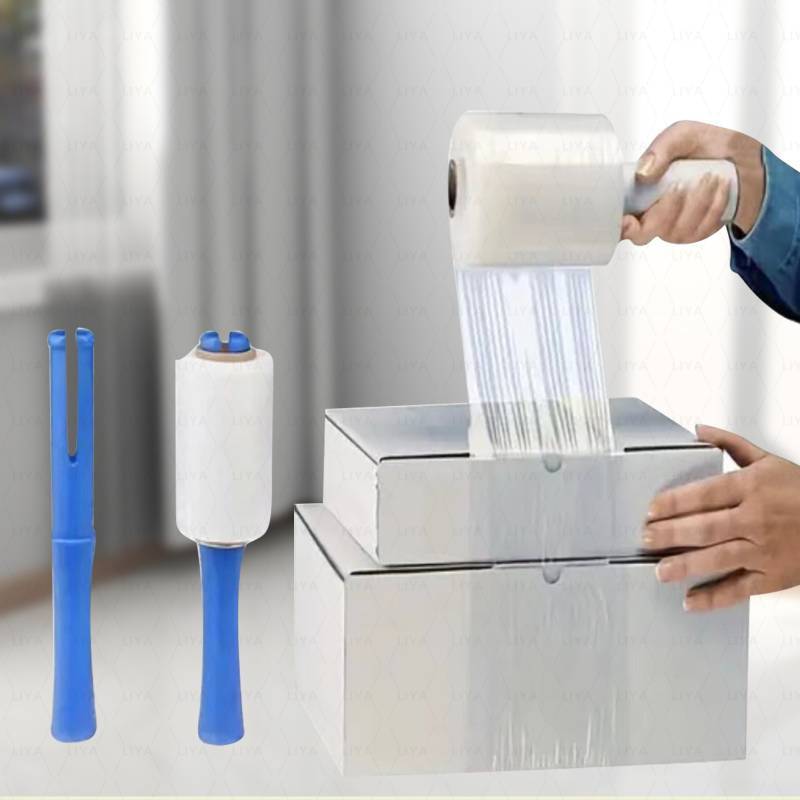plastic hand wrap
The Versatility and Benefits of Plastic Hand Wrap
Plastic hand wrap, often referred to as stretch film or cling film, is a versatile packing material widely used in various industries. From food protection to industrial packaging, this simple yet essential tool has become indispensable due to its convenience and effectiveness. In this article, we will explore its advantages, applications, and impact on modern packaging.
One of the primary benefits of plastic hand wrap is its ability to create a tight seal around items. This feature is particularly important in the food industry, where maintaining freshness and preventing contamination are critical. By wrapping food items securely, the plastic film keeps them protected from air and moisture, significantly extending their shelf life. In addition to food preservation, businesses in the retail sector use hand wrap to bundle items for shipping, ensuring they arrive intact and in good condition.
Another notable advantage of plastic hand wrap is its ease of use. Unlike other packaging materials, such as boxes or rigid containers, stretch film can be quickly and efficiently applied by hand. This simplicity allows for faster packing processes, ultimately increasing productivity. For instance, grocery stores often rely on plastic wrap to bundle produce, deli meats, and bakery items, facilitating smooth transactions and enhancing customer experience. Furthermore, the lightweight nature of the film reduces shipping costs, making it an economically sound choice for both small and large businesses.
plastic hand wrap

Beyond food and retail, plastic hand wrap has gained significant traction in various industries, including construction, manufacturing, and logistics. In construction, for example, it is used to protect materials from dust, moisture, and other environmental elements. The film's stretchability allows it to conform to irregular shapes and sizes, making it an ideal choice for bundling equipment and tools. Similarly, in logistics, plastic wrap is crucial for securing pallets and preventing loads from shifting during transit. By enhancing stability and safety, it minimizes the risks of damage and loss, which ultimately benefits companies' bottom lines.
Despite its many advantages, there are ongoing discussions regarding the environmental impact of plastic products, including hand wrap. While traditional plastic wrap is made from polyvinyl chloride (PVC) or low-density polyethylene (LDPE), which can take hundreds of years to decompose, the industry is seeing an increase in eco-friendly alternatives. Biodegradable and compostable films are being developed to address environmental concerns while maintaining the functionality of traditional plastic wraps. These advancements indicate a promising shift towards more sustainable packaging solutions.
In conclusion, plastic hand wrap is a fundamental tool in modern packaging across numerous industries. Its ability to protect, seal, and bundle items efficiently enhances food preservation, shipping, and overall productivity. Despite environmental concerns associated with traditional plastics, innovations in sustainable alternatives are paving the way for a more eco-conscious future. As businesses continue to seek effective packaging solutions, the role of plastic hand wrap remains relevant and vital in meeting the demands of both consumers and the environment.
-
The Best Uses for Small Trash Bags in Daily LifeNewsJul.01,2025
-
Stylish Reusable Grocery Bags TrendsNewsJul.01,2025
-
Shipping Advantages of Using Bubble Envelopes BulkNewsJul.01,2025
-
How Compostable Mailing Bags Reduce Environmental ImpactNewsJul.01,2025
-
Environmentally - Friendly Bulk Poly MailersNewsJul.01,2025
-
Eco Friendly Custom Laminated Tote BagsNewsJul.01,2025
-
Have the freedom of customizing your custom mailers any way you want! Our dedicated packaging support will help deliver you the mailing experience you need to elevate your shipping experience to the next level! Start making a strong impression on your customers and stand out from your competitors! -
LIYA uses high quality raw materials which directly purchased from large enterprises domestic and overseas such as PetroChina, Sinopec, Sabic, Equate, ExxonMobil, Dow Chemical, Total, and Borouge, ensuring the price advantage and quality of the raw materials. -
LIYA uses high quality raw materials which directly purchased from large enterprises domestic and overseas such as PetroChina, Sinopec, Sabic, Equate, ExxonMobil, Dow Chemical, Total, and Borouge, ensuring the price advantage and quality of the raw materials.





